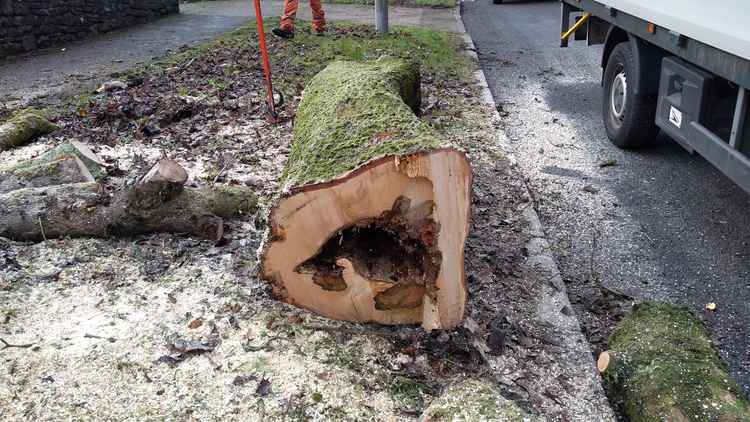If you require any further information in relation to this blog or any alternative formats e.g. Large Print etc. please contact 01792 637732 or email scrutiny@swansea.gov.uk
The Natural Environment Scrutiny Panel recently considered progress on the Council’s response to Ash Dieback and future aims.

Ash Dieback is a disease that affects Ash Trees and causes trees to become brittle over time with branches breaking away from the main body of the tree. If they are not dealt with, trees are at risk of collapsing, presenting an immediate danger to the surrounding area. The Council have surveyed trees on council land and categorised them in four categories with category three and four being at highest risk. Hundreds of trees that cause a risk to the public such as on highways, parks and cemeteries have been felled.
The Panel questioned Councillor Mark Thomas, Cabinet Member for Environment Enhancement & Infrastructure Management on what the council is doing in terms of re-planting and which trees are being re-planted. Panel Members heard that should a single ash tree be removed within a cluster or woodland, then nature is allowed to take its course and no replanting at that site would be carried out. To offset the removal of trees the Council has a replacement programme in place where trees that are planted will be of a natural native and mixed species to ensure that any other future diseases that may naturally come along, only affect individual trees within a cluster.
The Panel were interested to hear about early research, indicating that between 5-10% of trees may have a genetic resistance to Ash Dieback disease. Officers explained that annual surveys are completed by the Council to confirm and review the on-going condition of trees on council-owned land, thereby avoiding the need to fell trees if recovery is at all possible.
Panel Members queried the extent of research being done into this possible genetic resistance. Officers explained that some of the Swansea Council team are involved in wider national projects to provide samples for broader research across the UK.
Panel Members queried if there is currently any engagement ongoing to inform members of the public why trees are being felled. Officers explained that extensive communication via social media, media outlets and its’ website has occurred and that notice boards are used where large tree felling operations are carried out. Panel Members felt that permanent signage maybe more suitable so that information is also available post the felling operations.
Panel Members put forward ideas to get members of the public engaged more and recommend that information on large felling operations should be circulated with all Councillors for awareness.
Click here to view all details discussed at this meeting.
Leave a Comment